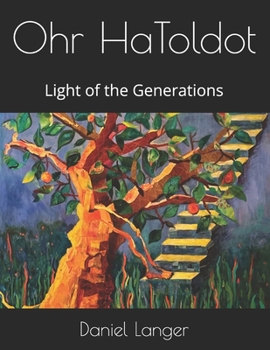Ohr HaToldot: Light of the Generations
Each word of the Torah has a purpose, but some passages leave us scratching our heads. Why does the Torah include details that seem to have no purpose? When we come across passages that contain long lists of strange names and numbers, such as the ages of the generations from Adam to Noah, the detailed measurements of the construction of the Mishkan, or the census tabulations of Israel, we may find ourselves skimming through the section or skipping it altogether. Why do we need to know that Kenan begot Mahalalel at age 70, lived another 840 years and that the total years of Kenan's life was 905? We are given similar details for each of the ten men in the genealogy of Seth to Noah, and the names of the twelve tribal chieftains are repeated five time in the book of Numbers. Yet, Torah scribes expend ink writing this all down, and the baal keriah reads every word aloud on Shabbat morning. The Torah does not waste words or even letters, so what is the Torah teaching by providing us with all these numbers? Numerical symbolism is the Divine thread that binds the Torah together, from the toldot of Adam to the census of Israel. The unifying numerical symmetry that weaves its way throughout the fabric of the Torah teaches us to take a long view of human history: the spirit of God never stopped hovering over the waters.
Format:Paperback
Language:English
ISBN:B0CMTG3KFJ
ISBN13:9798866772162
Release Date:November 2023
Publisher:Independently Published
Length:138 Pages
Weight:0.74 lbs.
Dimensions:0.3" x 8.5" x 11.0"
Customer Reviews
0 rating





